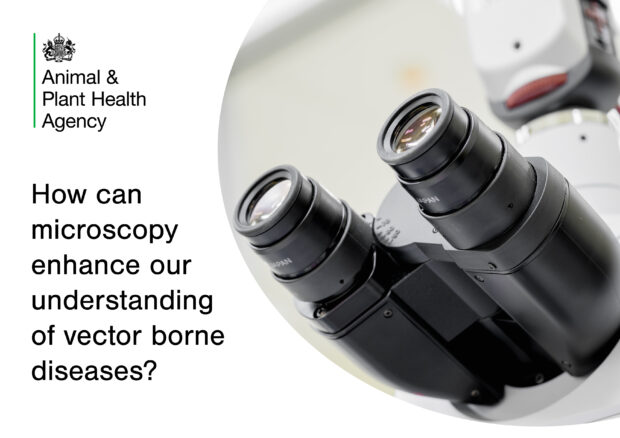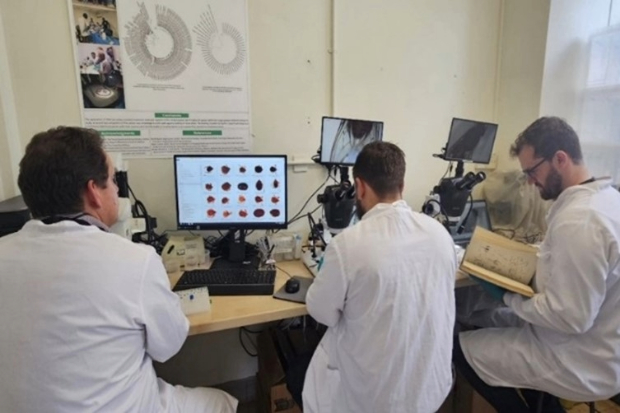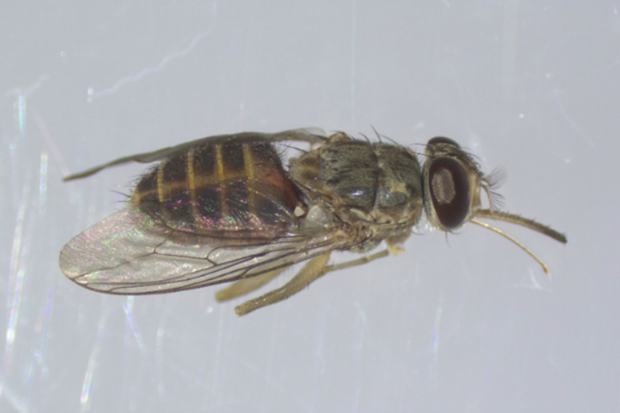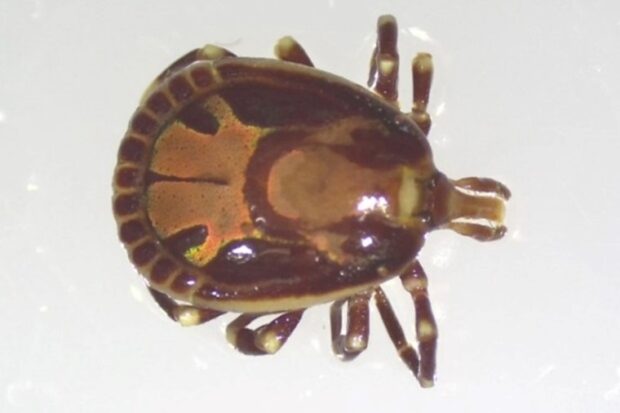
Dr. Luis M. Hernández-Triana, Biodiversity Research Team Lead and APHA Vector-Borne Diseases Discipline Lead, tells us more about APHA’s growing work in vector borne diseases (VBDs).
“Climate change is a primary driver of biodiversity loss. And climate changes depend on biodiversity as part of the solution. So clearly the two are interlinked and cannot be separated” (Biodiversity - our strongest natural defence against climate change | United Nations).
Elizabeth Mrema
Executive Secretary of the United Nation Convention on Biological Diversity
Research within APHA can play a key role in documenting vector’s biodiversity in the United Kingdom (UK). APHA is working in collaboration with other institutions on VBDs, which are providing an insight regarding vector populations of selected species, mainly from mosquitoes and ticks.
Understanding vector-borne diseases
A vector-borne disease results from an infection transmitted to humans and other animals by blood-feeding arthropods (known as ‘vectors’), including mosquitoes, ticks and fleas, amongst others. Some examples include West Nile fever, Tick-Borne Encephalitis fever and Rift Valley fever.
To better understand the transmission and control of vector borne diseases, it is important that we are able to correctly identify the vector species (known as taxonomy) and draw on sound ecological knowledge. Understanding the species that is critical for pathogen transmission can help us better understand the distribution of disease and apply the appropriate control methods against the target vector species.
However, one in five insect species are species complexes. These species are difficult to identify using the arthropod structure alone. We therefore rely on the use of genetic methods of identification. Integrating these methods has been a key task for the Biodiversity Research Team, led by Dr Hernández-Triana within the Vector-Borne Diseases Research Group at APHA.

The use of microscopes to observe morphological characters for species identification is paramount in day-to-day activities of a researcher. Therefore, a microscopy suite has recently been established within the Virology Department at APHA’s headquarters near Weybridge, with funding from the APHA’s capital equipment budget, and the UK International Biosecurity Programme-Vector Borne Diseases.
The new facility houses three digital stereo microscopes and two laptops, together with a compound microscope, all with the ability to capture high-resolution digital images of specimens and the key morphological traits required for species identification. We have used the equipment so far for the identification of tsetse flies and ticks from West Africa (Ghana) and ticks and mosquitoes from the UK.
With the aid of the microscopes and morphological keys, combined with DNA sequences, we have been able to distinguish three species of tsetse flies present in Ghana (Glossina palpalis, G. tachinoides and G. morsitans). In addition, this approach has been applied to separate tick species (for example Ixodes canisuga, Ix. hexagonus and Ix. ricinu) found from a range of hosts such as foxes and birds.

The addition of this facility benefits APHA through:
- Improved ability to identify the difference between arthropod vector samples, mainly ticks, mosquitoes and other biting flies. The ability to capture digital images means we can store the images without the need to retain all original samples and provide a source of images for research manuscripts, posters and other publications.
- Creation of pictorial libraries, which will help to further depict target vector species by developing morphological profiles.
- A resource we can use to improve our teaching of arthropods’ vector morphology to early career researchers and visitors to APHA.
- Existing and future projects will benefit from having access to high resolution digital microscopes and digital cameras which will enable researchers, students and other stakeholders to obtain coloured, high quality digital images that can be rapidly exchanged over the internet.

Find out more
You may be interested in reading some of our other related blogs and research papers:
- Spotlight on APHA’s zoonotic disease research
- What is lurking in Britain’s hedgerows? (including the first detection of Usutu virus)
- Temperate conditions restrict Japanese encephalitis virus infection to the mid-gut and prevents systemic dissemination in Culex pipiens mosquitoes
- Assessment of vector competence of UK mosquitoes for Usutu virus of African origin
- Qualitative assessment of the risk that Usutu virus presents to the UK human population
- World Zoonoses Day: Tackling the challenge of vector-borne diseases – APHA Science Blog
- What is all the buzz about mosquitoes? – APHA Science Blog
- Competence of mosquitoes native to the United Kingdom to support replication and transmission of Rift Valley fever virus | Parasites & Vectors (springer.com)

1 comment
Comment by matz posted on
Microscopy is a powerful tool for studying vector-borne diseases because it allows researchers to directly observe the pathogens involved, such as parasites and viruses, within both human hosts and insect vectors. By examining the structure, development stages, and interaction of these organisms at a microscopic level, scientists can gain deeper insights into how infections spread and how the immune system responds. This information is essential for improving diagnostics, tracking disease progression, and developing targeted treatments or preventive measures.